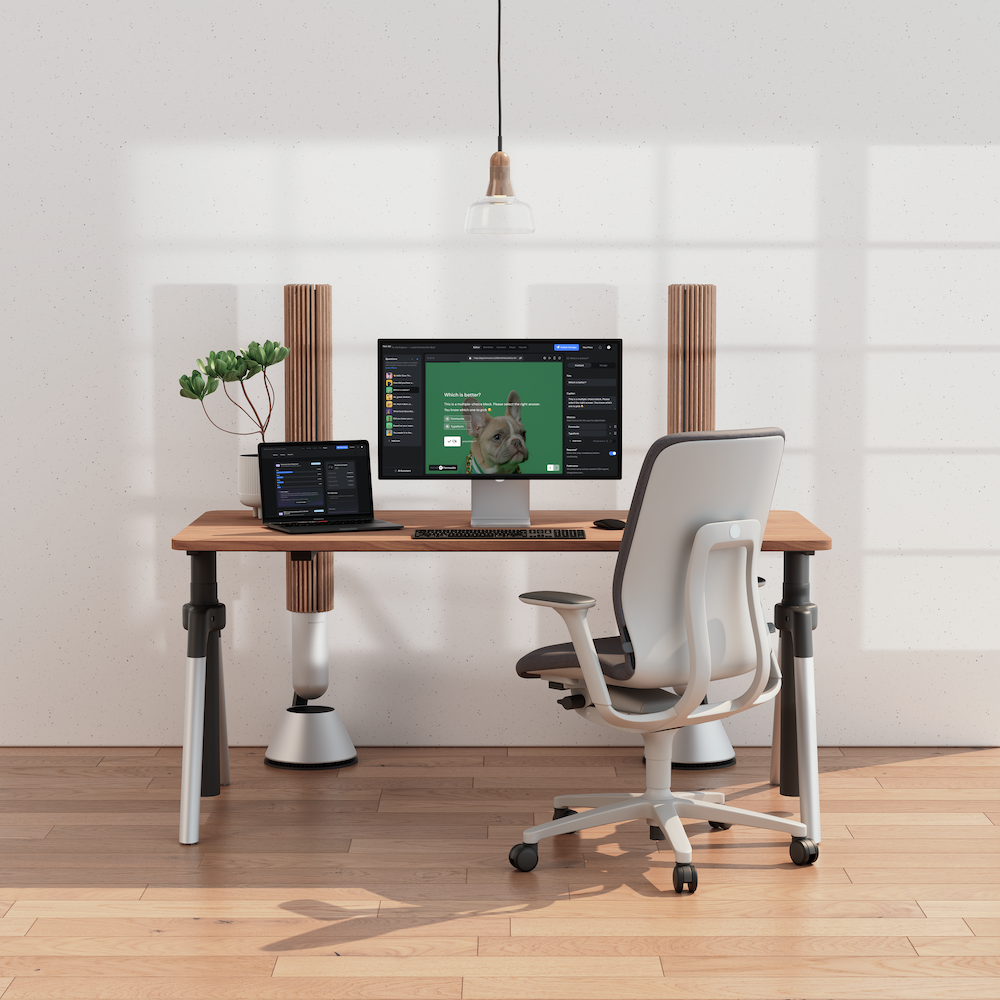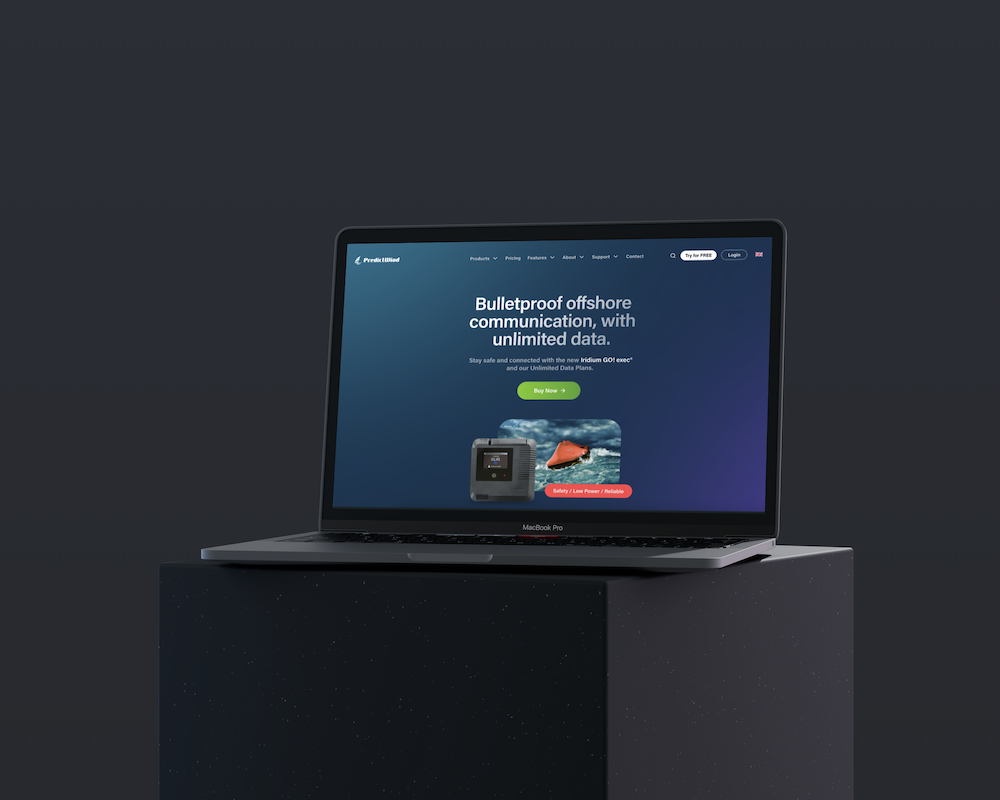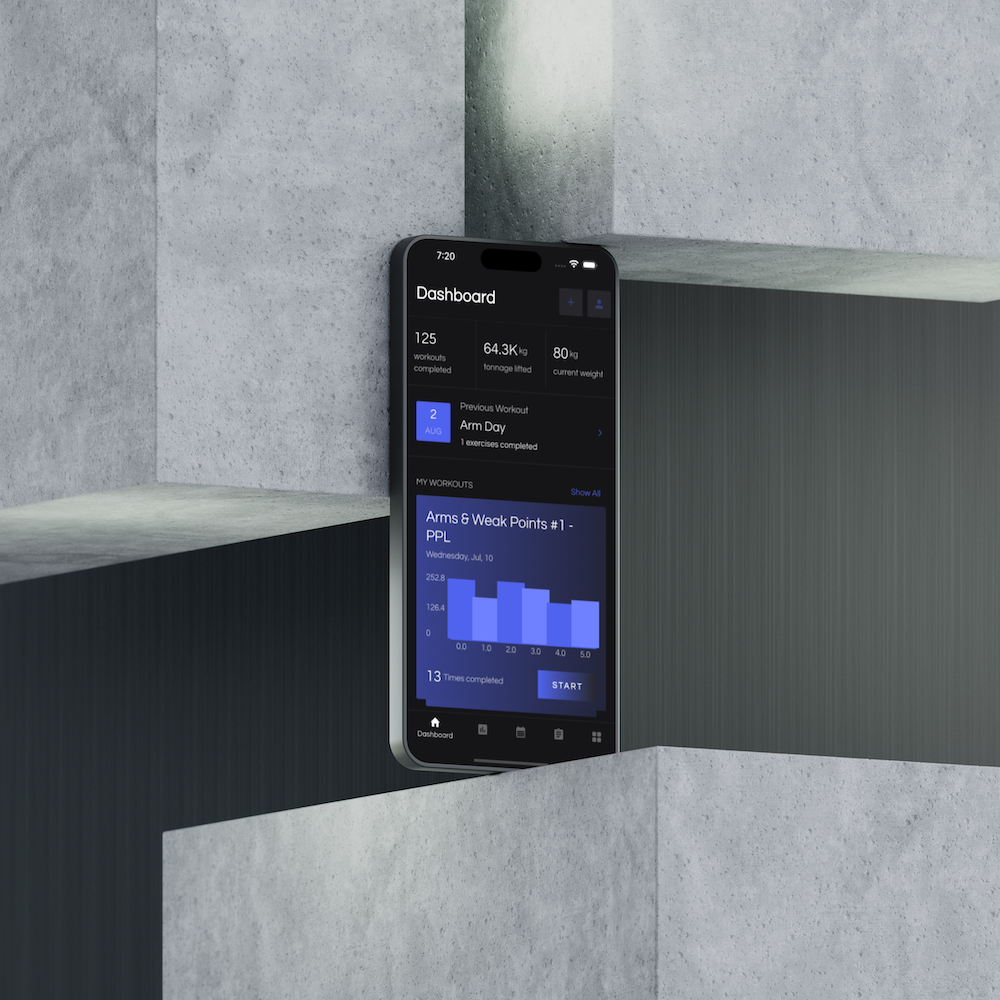A Thoughtful Form Builder, Designed and Engineered Solo
Built as a side project, Formsuite started as an experiment in modern form UX, extending AI integration, and full-stack architecture. What began as a technical playground quickly evolved into a production-grade SaaS, combining conversational flows, rich design controls, and smart analytics; all crafted end-to-end by me.

What started as a casual weekend project quickly turned into a full-fledged, production-grade SaaS. I built Formsuite entirely on my own; handling everything from product planning and UX design to backend architecture, frontend development, and growth marketing. It became a place where I could experiment freely with new ideas, technologies, and product thinking, while still building something real that people could use and love.
The project initially began as a design-forward AI-powered conversation builder; a form tool inspired by the simplicity of Formless but with a more modern, expressive feel. Over time, it naturally evolved into a more versatile form builder, supporting traditional forms alongside conversational flows, lead capture forms, quizzes, surveys, support bots, smart 404 pages, and more. The turning point was realizing that giving users flexibility in how they collect data — conversational or classic — was just as important as making the forms look good.
I designed and engineered every piece of the platform, using a modern, full-stack setup: Next.js, SCSS modules, tRPC, Nx monorepo, Prisma, PlanetScale, and Vercel. AI features are powered by OpenAI and include intelligent response summaries, lead scoring, and sentiment analysis. Beyond development, I also created the brand, led early outreach and user testing, and built a community of engaged users who genuinely enjoy the experience.
Formsuite supports a wide range of features out of the box: unlimited forms and responses, file uploads, conditional logic, hidden fields, conversational flows, custom fonts, email notifications, embeddable or popup widgets, redirect-on-submit, response downloading, and workspace-level analytics. The advanced AI reporting layer allows users to quickly interpret form results and understand the quality of their leads and drop-off rates; features usually reserved for much more expensive tools.', 'More than anything, this was a project I loved working on. It let me stretch across roles; developer, designer, product thinker, and marketer, and reminded me how much I enjoy crafting polished tools that feel good to use.
FAQs about Branding
Why did you choose this particular tech stack (Next.js, tRPC, Prisma, etc.)?
I wanted a stack that was modern, highly performant, and scalable, while still allowing me to move quickly as a solo developer. Next.js gave me both flexibility and familiarity, tRPC allowed type-safe API contracts across the stack, Prisma offered clean data modeling, and PlanetScale provided a production-ready MySQL database with zero-downtime and development branching. Together, the stack let me iterate fast without sacrificing reliability.
What was the biggest challenge of building Formsuite solo?
The hardest part was balancing breadth vs. depth. I was responsible for everything from architecture, UI/UX design, feature development, software deployment, branding, testing, and growth. That forced me to prioritize carefully and make trade-offs between polish and speed. It also pushed me to think like both an engineer and a product manager, which was valuable experience.
How did you approach the UI/UX design?
I leaned into creating forms that felt lightweight, modern, and customizable. My goal was to remove the "generic form" feel by giving users control over fonts, branding, layouts, and conversational flows. I also tested design decisions with early users, making small iterations based on feedback to ensure the forms felt intuitive and professional.
What role did AI play in the product?
AI wasn't just a novelty add-on, it was core to differentiating the product. I built features like AI conversational forms, response summarization, sentiment analysis, lead scoring, and AI-powered reporting. This gave users actionable insights into their form data rather than just raw responses, which helped Formsuite feel smarter and more useful than traditional builders.
What did you take away from this project that you'd apply to future work?
Formsuite was a chance to exercise my full-stack and product-building skillset end to end. I applied my experience in shipping quickly, validating ideas against real usage, and adapting features to user needs. The project showcased my ability to manage the complete lifecycle of a SaaS product, from initial concept through architecture, design, development, deployment, and early growth; while maintaining production-grade quality as a solo engineer.
Tools of Choice
Related Projects
Let's talk!
hello@bradyedgar.com© 2025 Brady Edgar. All rights reserved.















